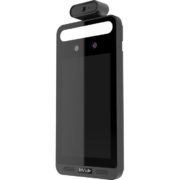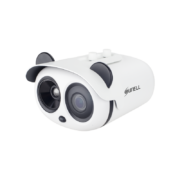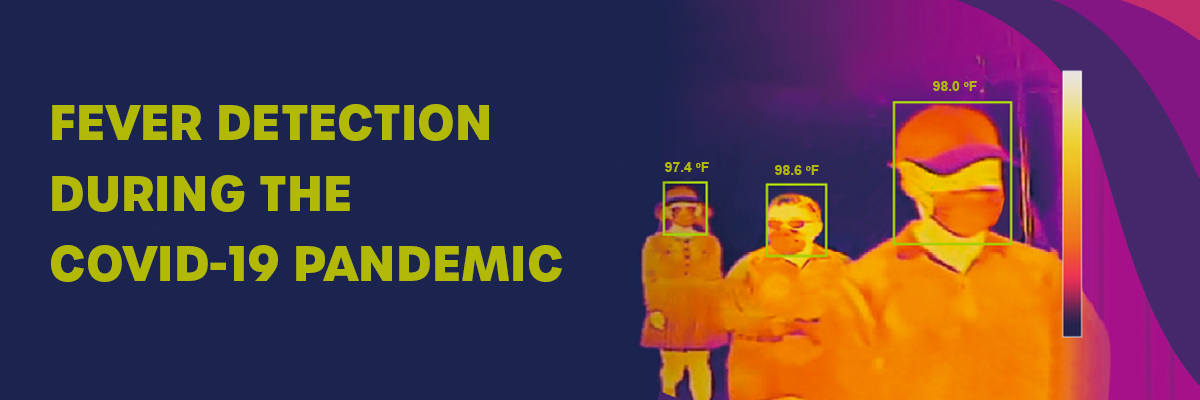Since the outbreak of serious viruses like COVID-19, public health authorities have been looking for a reliable method to detect elevated body temperature as part of a disease prevention policy. Because fever is a common indicator of many infectious diseases, the rapid identification of fever is a major component of screening efforts.
Infrared thermography provides a fast, easy, contactless method to initially screen individuals for signs of elevated skin temperature. When followed by a screening with a medical device, the use of an infrared camera as a supplemental diagnostic tool may help contain or limit the spread of viral diseases.
There are several options of fever camera available. One option is the “tablet” temperature scanner which is a self-service style of camera for individual testing. Visitors walk up to a wall or desk-mounted tablet and it measures their temperature. While this option is not as accurate as medical grade hand held thermometers, it is still very accurate.

Another option is a temperature camera. These are useful for monitoring larger areas and higher volumes of people, but are more expensive than other options. Most measure temperature based off of the forehead and therefore hair and hats can interfere. Masks, however, do not interfere. When configured correctly, these cameras can identify individuals showing higher than average skin-surface temperature relative to a sample population.

AAI offers set-up, training, and support for both tablet station and temperature camera options. If you would like more information on these options, contact AAI today at info@aai-systems.com or call 866-935-3095.








